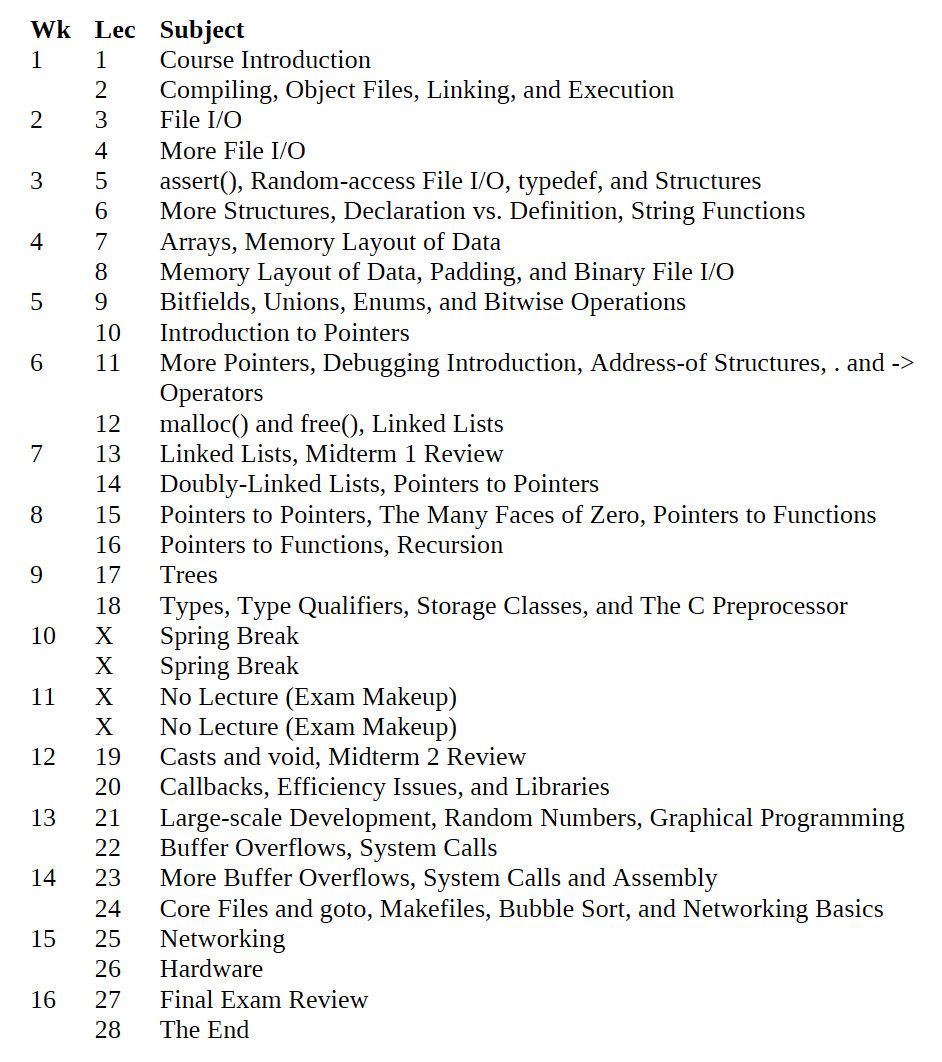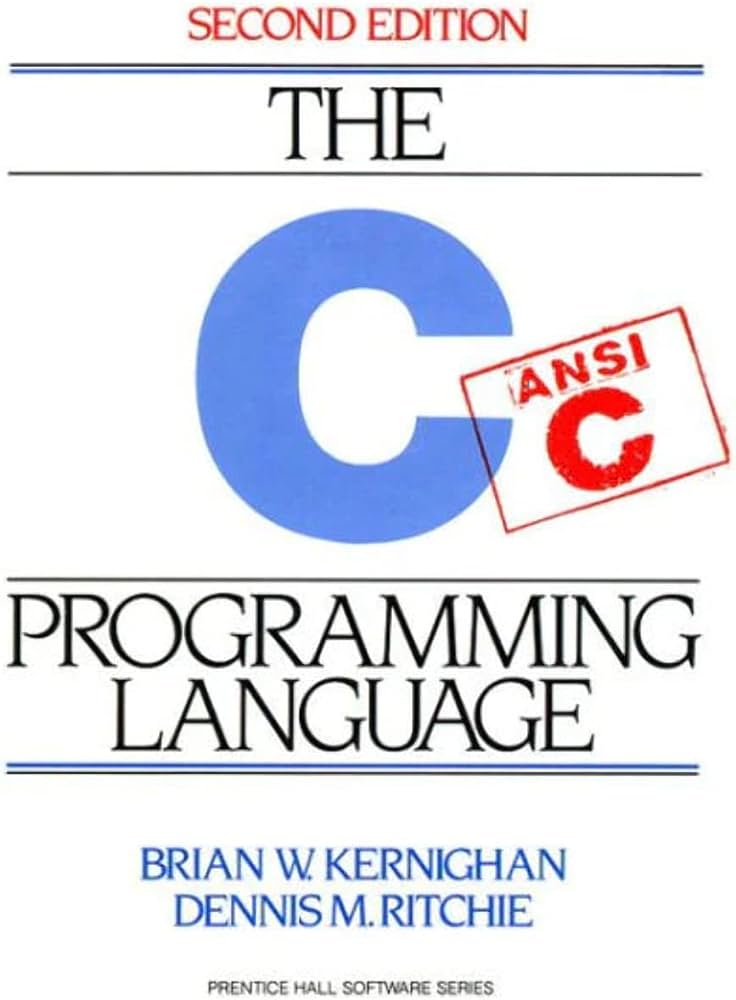Purdue CS24000 Fall 2018 Midterm I Solutions
Purdue University CS24000 is an undergraduate-level course that teaches students programming principles and techniques for problem-solving in the C programming language. Here are the solution and study notes for the Fall 2018 Midterm 1 exam.
CS24000 Syllabus
Below are extracted from the Spring 2024 CS24000 course syllabus:
Disclosure: This blog site is reader-supported. When you buy through the affiliate links below, as an Amazon Associate, I earn a tiny commission from qualifying purchases. Thank you.
- Course Title: Programming in C
- Textbook: The C Programming Language (2nd Edition); Kernighan and Ritchie; March 1988
- Reference: Beej’s Guide to C Programming; Brian “Beej” Hall; 2007
- Course Outcomes: A student who successfully fulfills the course requirements will have the ability to:
- write quality code that is readable, maintainable, and well commented
- create, compile, and execute C programs using industry standard tools including the GNU Compiler Collection
- apply debugging techniques to analyze, identify, and fix errors
- assess and address security-related issues in code bases written in C
- produce code that appropriately and properly utilizes pointers
- solve problems through the application of explicit memory management
- design and implement programs in C that utilize dynamic data structures such as linked lists and trees
- Lectures:

Fall 2018 Midterm 1 Exam
Exam Solutions and Notes
Problem 1 (20 pts)
(a)
gcc -Wall -Werror -g -c abc.c -o xyz.o
Explanation of the options used:-Wall: Enable all warnings.-Werror: Treat warnings as errors.-g: Include debugging information in the output file.-c: Compile or assemble the source files, but do not link.abc.c: The source file to be compiled.-o xyz.o: Specify the output file name (xyz.o).
📝Notes: This output file
xyz.ois not executable since it is just the object file for a single c source file. We need to link to the standard library to make a executable file. If we force to run this xyz.o, it will return something likeexec format error.(b)
gcc xyz.o abc.o def.c -o prog
Explanation:xyz.o,abc.o: Object files to be linked.def.c: Source file to be compiled and linked.-o prog: Specify the output file name (prog).
(c) It advises gcc to include all warnings that help detect potentially problematic code.
(d) Many functions found in the string library (declared in
string.h) rely on null-terminated strings to operate correctly. Null-terminated strings are sequences of characters followed by a null character ('\0'), which indicates the end of the string. Functions likestrlen,strcpy,strcat,strcmp, and others expect null-terminated strings as input and produce null-terminated strings as output.(e) In C, memory for a variable is allocated during its definition, not during its declaration.
Declaration is announcing the properties of variable (no memory allocation), definition is allocating storages for a variable. Put pure declaration (struct, func prototype, extern) outside of the func, put definition inside func.
(f)
size = 32(There are 8 integer elements in this array, so 4 * 8.)(g) 5 (Because
ptris given the address of the 3rd element. So*(ptr - 1)is the value of the 2nd element.)(h) 12 (This is equal to
*(ptr - *(ptr + 3)), then*(ptr - 2). So finally it points to the 1st element of the array.)(i) 8 (Because it mentions "64-bit architecture", so all addresses are of size 64-bit)
Problem 2 (20 pts)
(a) The answer is shown below: (remember to define ID_LEN first and add ';' after the '}')
1
2
3
4
5
6
7
struct resistor {
char id[ID_LEN];
float max_power;
int resistance;
};(b) The answer is shown below:
1
typedef struct resistor resistor_t;
(c) The answer is shown below: (remember to define ID_LEN first and add ';' after the '}')
1
2
3
4
5
6
struct circuit_struct {
char name[CNAME_LEN];
resistor_t resistors[10];
};(d) It will print
sizeof = 920. Explanation: 5 * (24 + 10 * (8 + 4 + 4)) = 920. This is because the id inside the resistor will occupy 8 bytes after padding to a multiple of 4.1
struct circuit_struct circuit_board[5];
(e) The function can be written like the following:
1
2
3int find_voltage(resistor_t r, int c) {
return (c * r.resistance);
}
Problem 3 (40 pts)
The complete program is shown below
1 |
|
Problem 4 (20 pts)
The solution can be like this: (the include and struct definition are not necessary)
1 |
|
